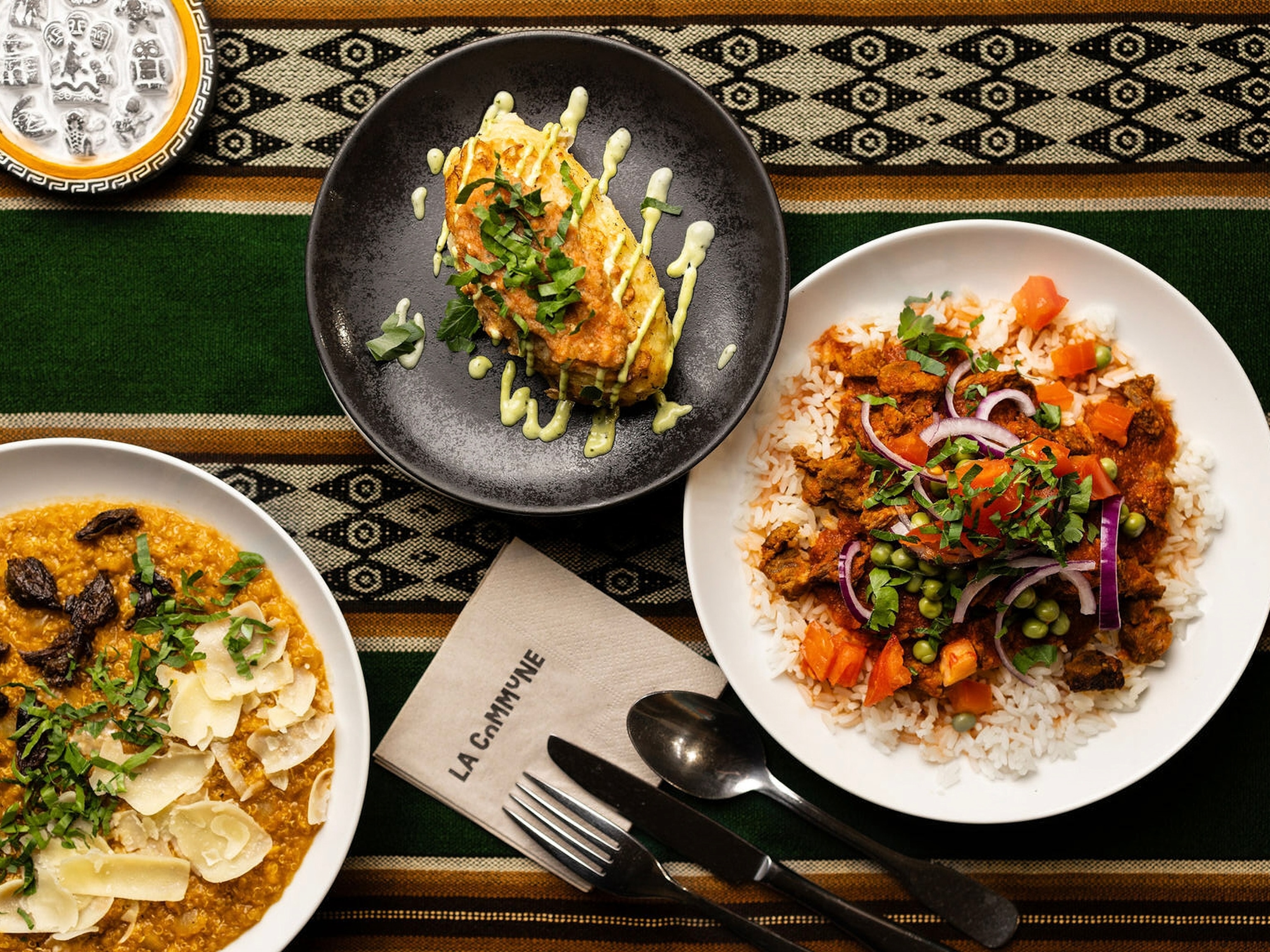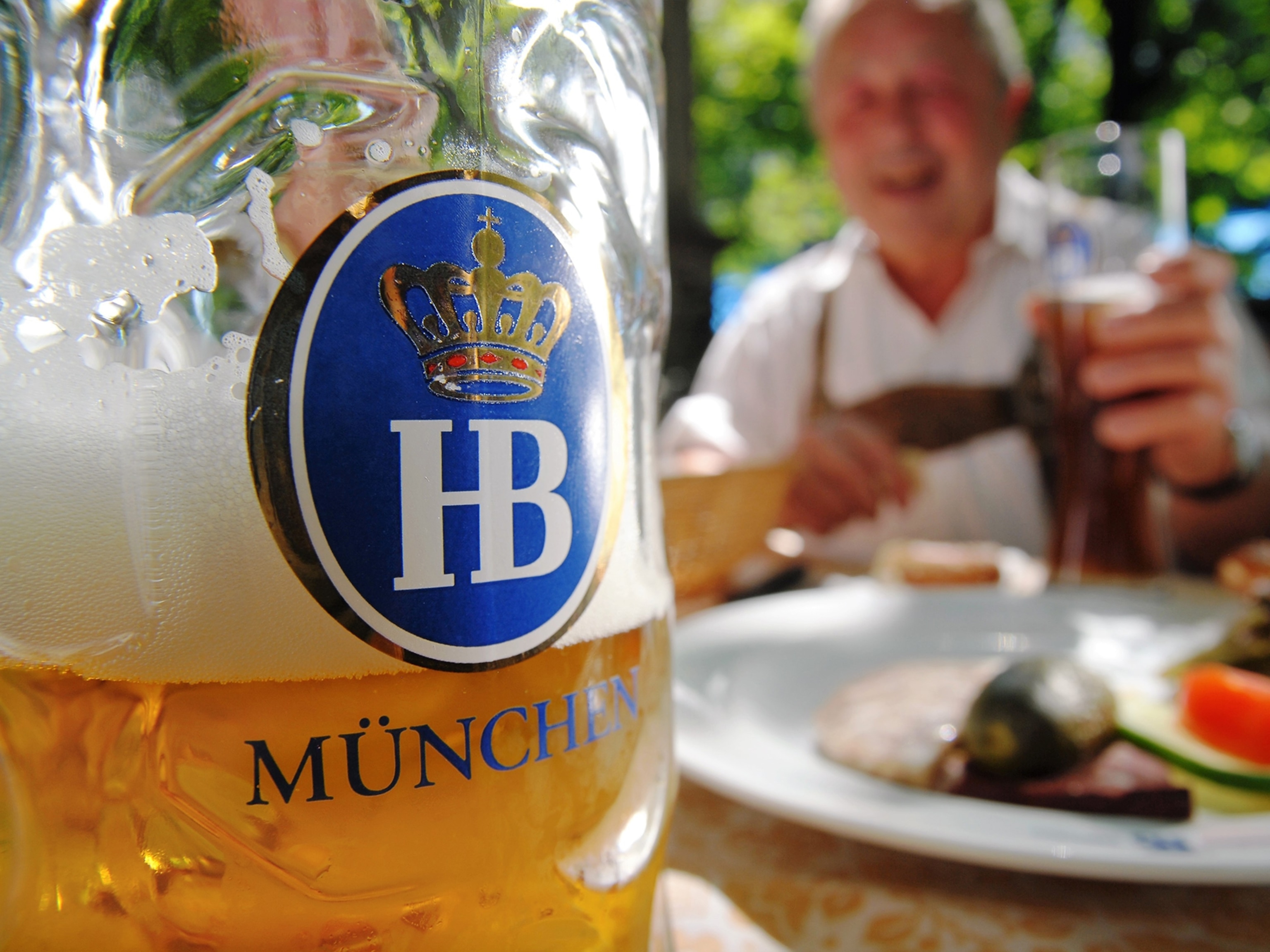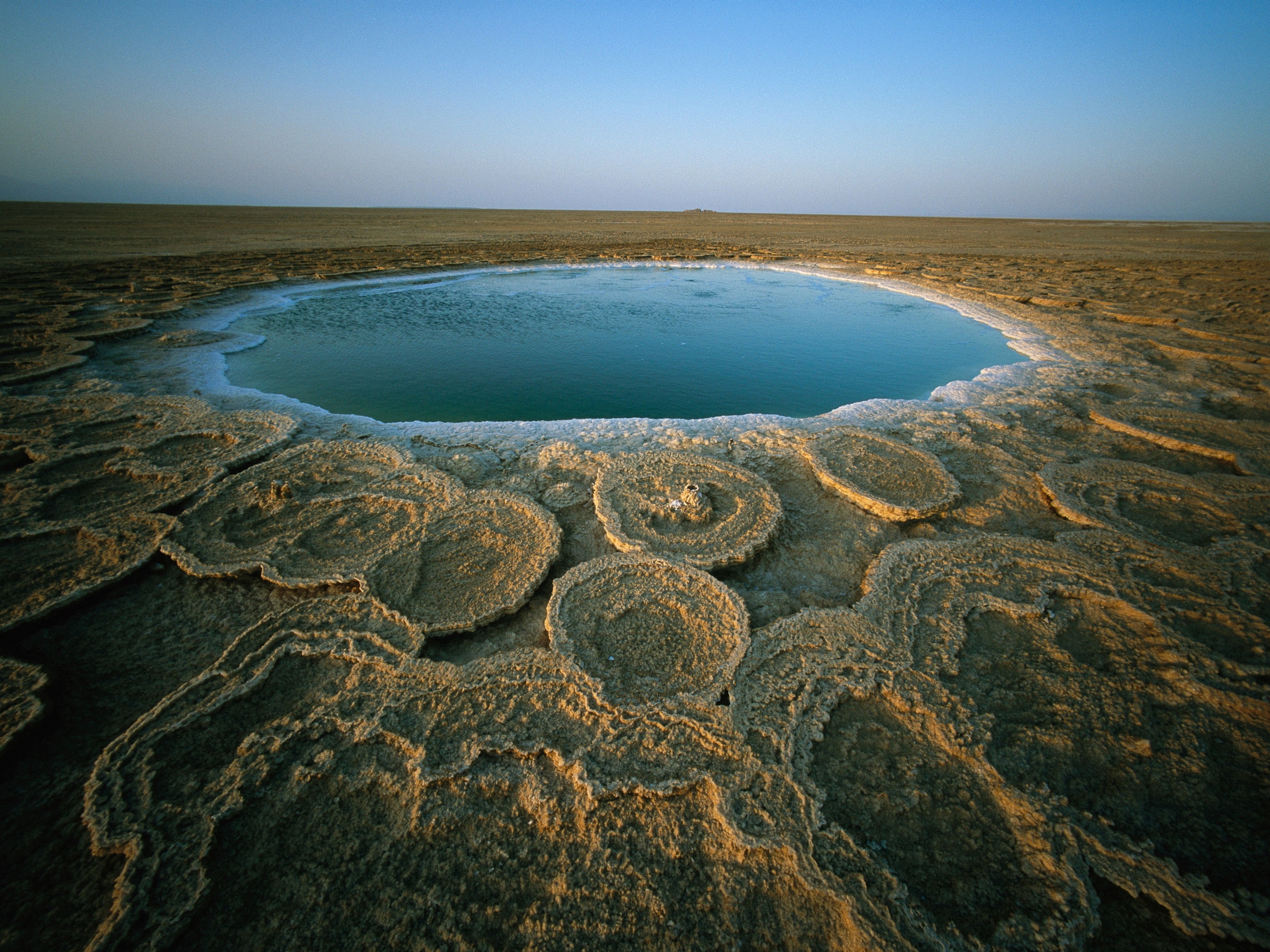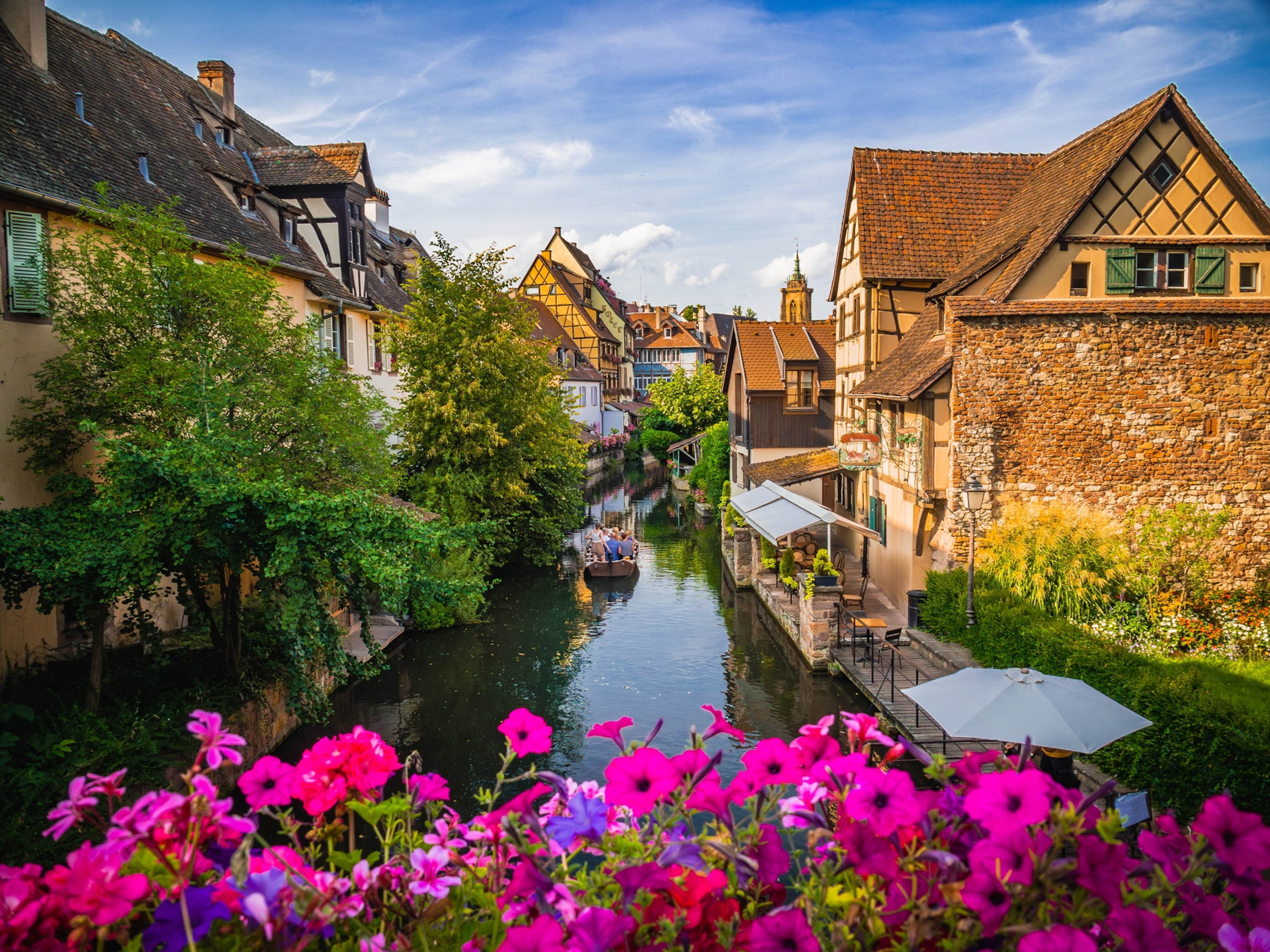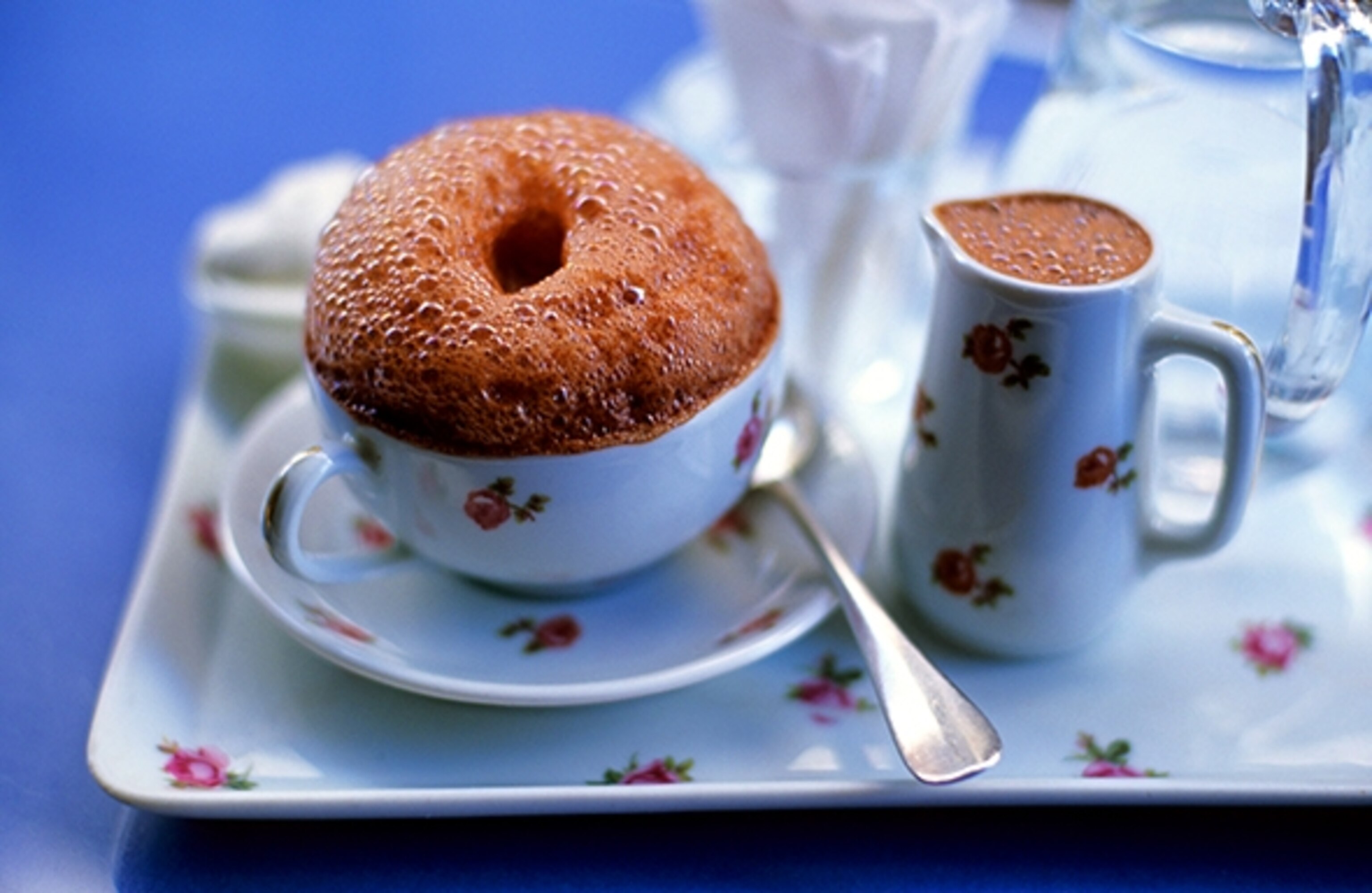
Drinking Chocolate in Bayonne
The last thing I expected to discover in Bayonne, the scrappy Basque town in southwestern France known for its salt-dried ham, was the most luscious hot chocolate to ever cross my lips, a velvety concoction coiffed with a dome of froth and sipped from a delicate, rose-bedecked porcelain cup in a turn-of-the-century chocolaterie beneath the ancient hulking arcades that line Rue Port Neuf.
Fine dark chocolate is a venerable tradition here, dating back more than 500 years to when Sephardic Jews, fleeing the Spanish Inquisition, sailed into Bayonne’s thriving Atlantic seaport. Using Venezuelan cocoa beans, they brought chocolate-making savoir faire to France, launching a craze that would transform Bayonne into the country’s principal chocolate-making center until the mid-1800s.
“We haven’t changed a thing since my grandmother was a waitress here,” said Marie-Claudine Maudet, whose family, the third proprietors of Chocolat Cazenave since it was founded in 1854, still makes chocolate in the artisanal way at their workshop nearby.
“Our generation isn’t the mass-market kind,” she emphasized. “We make our chocolate from cocoa beans, in small batches, without separating the cocoa butter and the cocoa. Every morning, we taste the day’s chocolate in the store and if it’s not up to our standards, we send it back.”
Today, eight artisan chocolate makers still operate in Bayonne; four have shops on Rue Port Neuf, where the rich scent of chocolate wafts through the air and a chocolate festival is held each year in May.
But Cazenave is the only “bean-to-bar” shop. Hand-poured, cut, and packaged, each of its eleven varieties is wrapped in silver foil under simple colored paper and numbered, with the name printed in Basque first and French second.
- National Geographic Expeditions
I’m partial to Cazenave bar N°3, Noir à l’Ancienne, an inky brown ingot wrapped in Sèvres blue paper. Firm but not waxy, sweet but not cloying, decadent but not overwhelming, this bar contains powdery tannins that linger on the tongue like those of a fine Bordeaux. Ingredients? Cacao 70%, sugar.
Watching the sturdy waitresses in white aprons bustle around the mirrored Cazenave salon, bearing trays laden with cups of hot chocolate made from melting bar N°11—a proprietary blend of beans from Venezuela, Trinidad, and the Ivory Coast in farm-fresh whole milk—I wonder if the happy drinkers around me know they’re sipping history from each cup. I sure do.
Ceil Miller Bouchet is a travel writer and the author of a forthcoming memoir, The Bordeaux Diaries, about her year studying wine at the University of Bordeaux. Follow her on Twitter @CeilBouchet.


